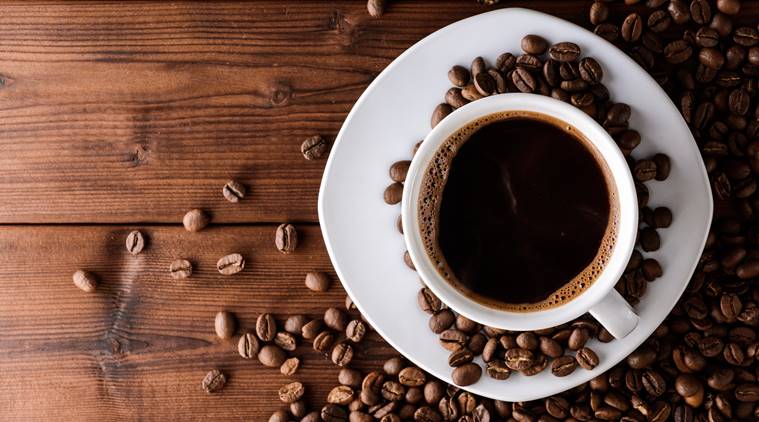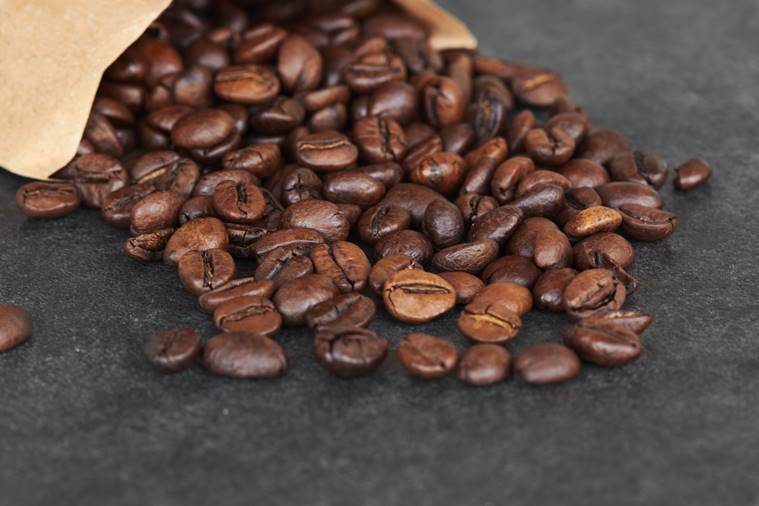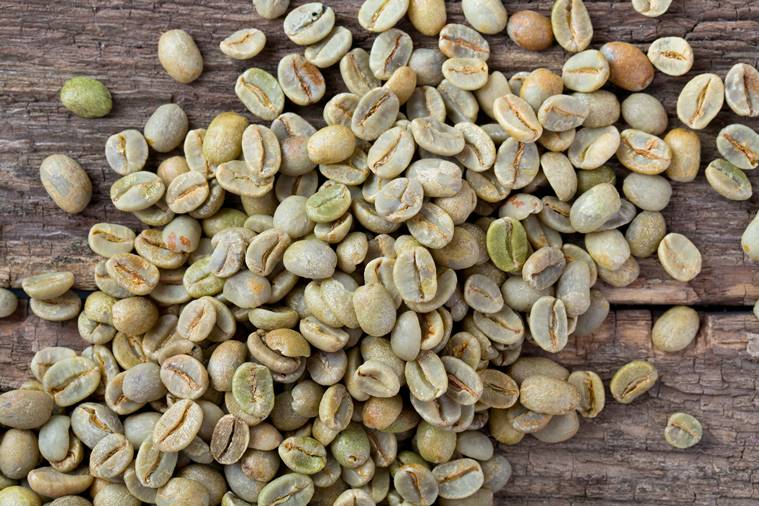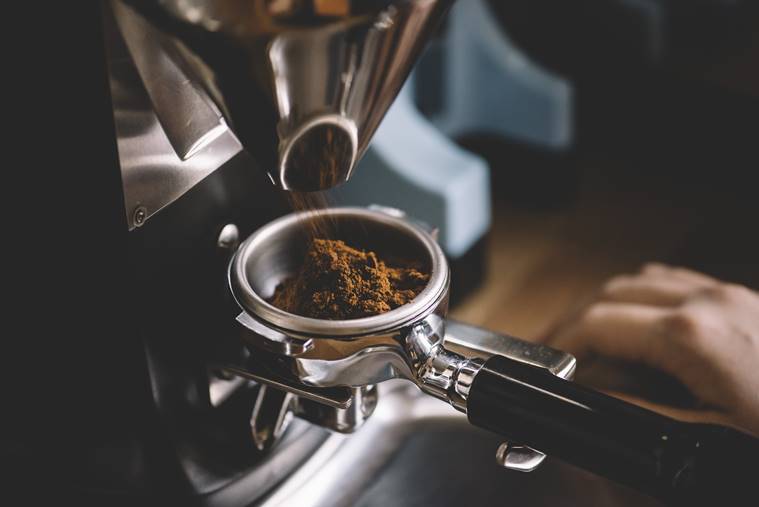 If you’re conscious of what goes into your mouth and its subsequent effect on your health, caffeine-loaded coffee may not be the best choice. (Source: Getty Images/ Thinkstock)
If you’re conscious of what goes into your mouth and its subsequent effect on your health, caffeine-loaded coffee may not be the best choice. (Source: Getty Images/ Thinkstock)
Ideally, what most people would love to wake up to in the morning is a steaming cup of coffee. However, if you’re conscious of what goes into your mouth and its subsequent effect on your health, caffeine-loaded coffee may not be the best choice.
While it can give you a shot of adrenaline and make your heart pump faster, making you more active, the other effects are not so handy.
“Excess caffeine use can cause muscle tremors, anxiety, insomnia and diarrhoea,” says Rinki Kumari, chief dietician, Fortis Hospital, Bangalore.
So, the question we must ask ourselves is whether one can enjoy coffee without caffeine. The answer is most definitely, yes, and you can thank Friedlieb Ferdinand Runge for it.
Runge was a 19th century German chemist, who performed an analysis on coffee beans and discovered the stimulating effects of caffeine.
 Caffeine was discovered by German chemist Friedlieb Ferdinand Runge. (Source: Getty Images/ Thinkstock)
Caffeine was discovered by German chemist Friedlieb Ferdinand Runge. (Source: Getty Images/ Thinkstock)
Another German and head of a coffee company, Kaffee HAG, Ludwig Roselius, took Runge’s work forward and accidentally hit upon a practical method to decaffeinate coffee. In 1903, a shipment of coffee that was in transit was drenched with seawater, leaching out the caffeine but leaving the coffee flavour intact.
To replicate this, Roselius worked out an industrial method that involved steaming the beans with various acids before using benzene solvent to remove the caffeine. This was the start of decaffeinated or decaf coffee.
However, the road wasn’t as smooth and it turned out that the possible carcinogenic properties of benzene posed a risk to health. This method was, thus, ditched.
Today, coffee is decaffeinated in its unroasted stage when it is still green. It is soaked in water to strip off the flavours and caffeine from them. The water containing flavours and caffeine is treated with chemicals that remove the caffeine. The water is then injected back into the beans to restore the flavour, as per an article published in the University of South Carolina journal.
 Today, coffee is decaffeinated in its unroasted stage when it is still green. (Source: Getty Images/ Thinkstock)
Today, coffee is decaffeinated in its unroasted stage when it is still green. (Source: Getty Images/ Thinkstock)
While this method works well, the chemicals involved in the process do not warm one up to its usage. Luckily, Swiss scientists hit upon a process that does not bring the beans in direct contact with chemicals. Called the Swiss Water method, it sees the beans soaked with water and the caffeine-rich solution (full of flavours) strained through activated carbon which captures the caffeine.
 Called the Swiss Water method, it sees the beans soaked with water and the caffeine-rich solution (full of flavours) strained through activated carbon which captures the caffeine. (Source: Getty Images/ Thinkstock)
Called the Swiss Water method, it sees the beans soaked with water and the caffeine-rich solution (full of flavours) strained through activated carbon which captures the caffeine. (Source: Getty Images/ Thinkstock)
Started in Switzerland in the 1930s, the process was first used commercially in 1979. It gained favour because it was the first decaffeination method not to use solvents.
While all these methods work effectively to an extent, there is no such thing as a completely decaffeinated coffee. Decaff coffee beans still contain caffeine content that is lower than one per cent.